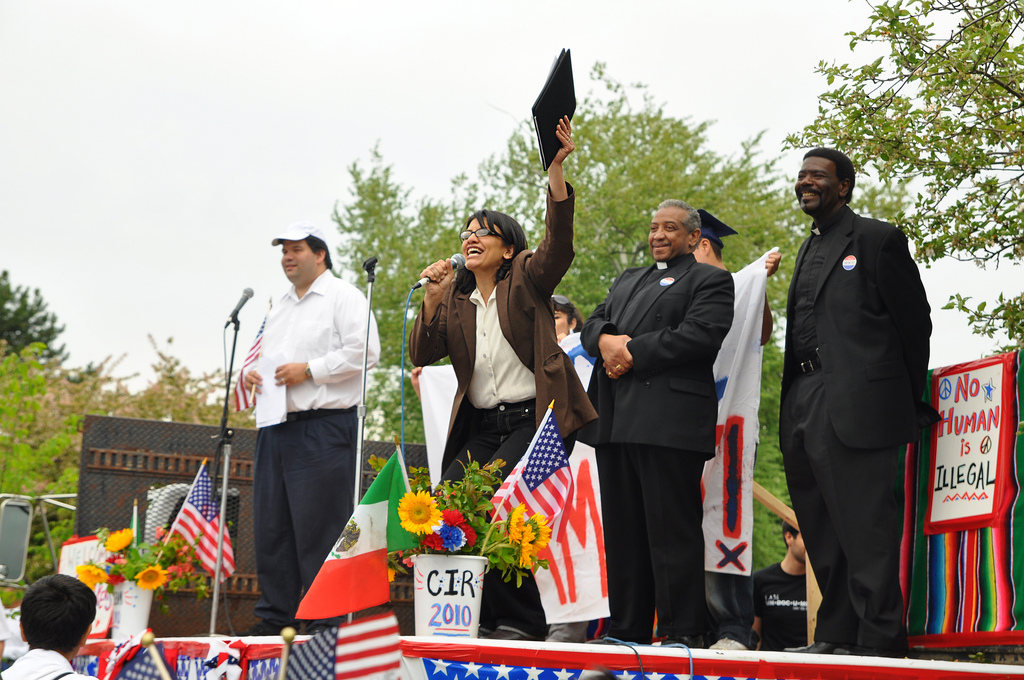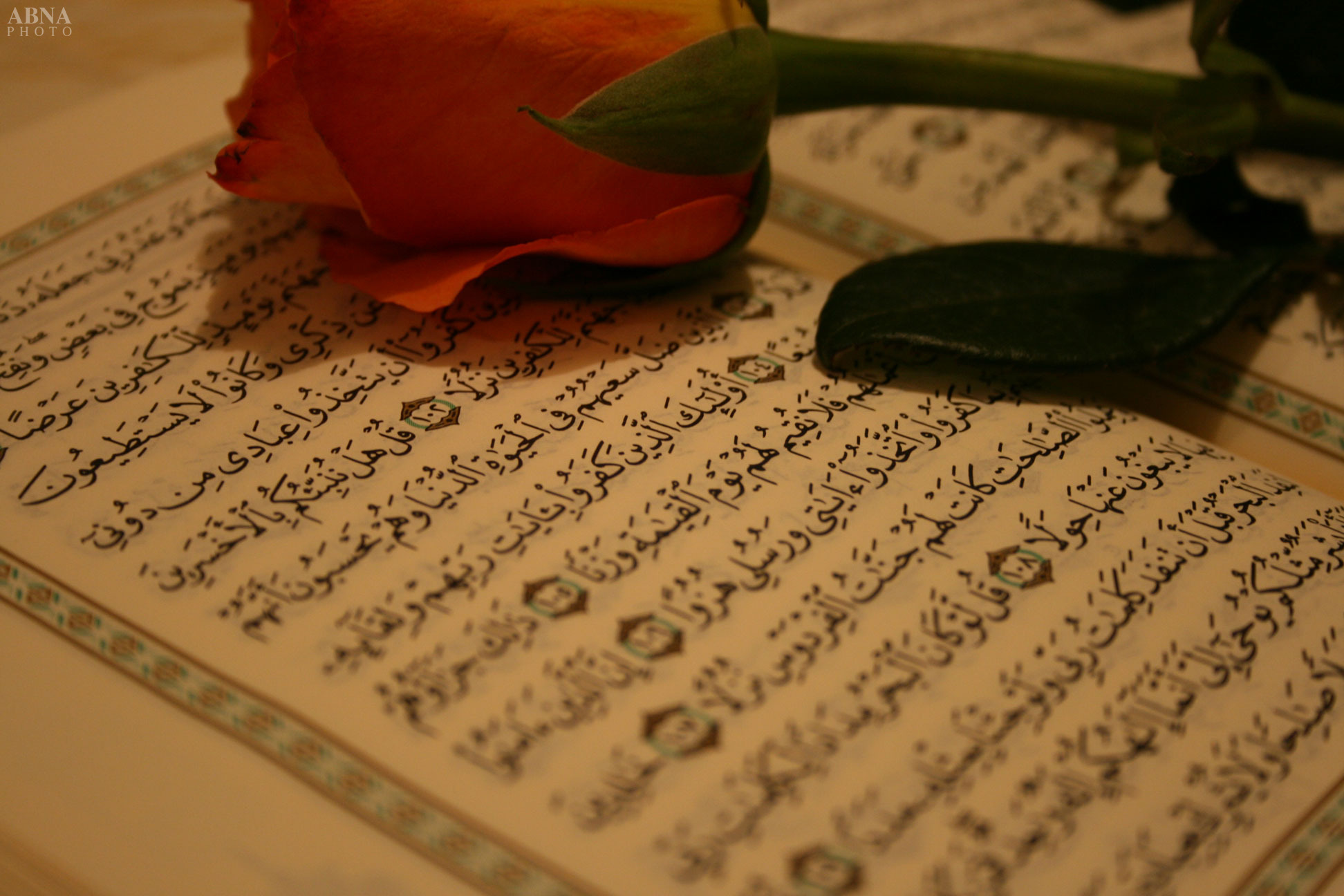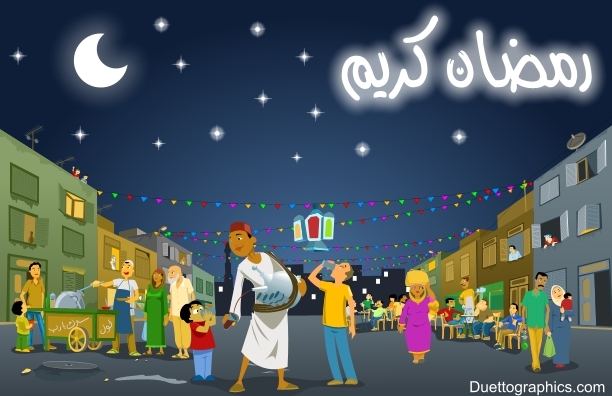In addition to bridging cultural and socioeconomic gaps, the American International School System in Pakistan acts as an experimental model and incubator by incorporating some of the education reform principles advocated by grassroots organizations, education specialists and writers, and governmental agencies like the Ministry of Education.
The American International School System in Lahore
In Pakistan, I was disconcerted to see servant girls who didn’t have the privilege of schooling that I’ve had, only matriculating to about the third grade (although sometimes homeowners would help instruct them). Yet surprisingly, the girls I knew were sharp, picking up dialects by working in different homes. With an education, they could learn well and contribute more to society.
Gender-based disparities in literacy depend on factors like generation, region, and social circle. A 2009 article in Pakistan’s Daily Times showed a gap of about 25% (1):
Men: 67% Women: 42% .
Dr. Judy Findlay, a professor and reading specialist at The George Washington University, has been going to Pakistan for over 20 years. She pointed out disquieting statistics:
Reported overall illiteracy rate: about 56%
(although she hears that in some areas it may reach 80%.)
Primary completion rates: Below 55%
The first revealed word in the holy Quran is the imperative “Iqraa” or “Read.” Therefore, most people I know attribute the reasons for illiteracy to societal factors rather than Islam.
For example, some families struggling with the basics of livelihood put their children to work and think less of the future benefits of education. In other cases, families concerned about their daughters’ safety might limit their attendance in schools.
“Indeed, reluctance to accept schooling for women turned to enthusiasm when parents in rural Punjab and rural Balochistan could be guaranteed their daughters’ safety and, hence, their honor.” (2)
Additionally, there is a divide between public and private schools. The quality of public schools has declined from the 1970’s when the government invested in them and they produced some of the finest intellects. Now private schools offer a higher quality of education to those who can afford it. Also, government schools often teach in Urdu while private schools teach in English, a linguistic gap that some advocates propose narrowing.
AISS: An On the Ground Project and Partnership
Professor Judy is part of an innovative project that bridges educational gaps between languages, gender, socioeconomic classes, and cultures in Pakistan – the American International School System (AISS) in Lahore.
The President and CEO of AISS is Dr. Munr Kazmir, a Pakistani-American doctor turned businessman who wanted to give back to Pakistan through education. He got in touch with Judy through a State Department (ECA) teacher training program for South Asia. Judy agreed to work with Dr. Kazmir to create a Professional Development program that will establish academic guidelines for his school in Lahore, and for the AISS schools he plans to establish throughout the Muslim world.
The AISS faculty will establish networks with local and regional organizations committed to teacher training, and collaborate to provide literacy and reading support for local teachers and out-of school youth.
Dr. Kazmir’s vision draws in new students, despite the fact that parents had to travel on a road still under construction. His mission is to provide students with a global education in a state-of-the art facility using the latest technology. They would leave with an appreciation for multiculturalism, linguistic and reasoning skills in at least 2 languages (e.g. Urdu and English), proficiency in technology, and preparation for admission in international schools.
AISS seeks to develop faculty, community and parents in its 3 core development components.
1) Teacher training is being developed in connection with The George Washington University, aiming to augment real-life interactions with U.S. teachers and peers with online communications like video conversations. Additionally, part of Judy’s goal is to be an impetus for wider awareness on how to teach critical thinking and problem solving while honoring Pakistani traditions and culture. She also suggests the best way to increase student learning is through sustained professional development that improves teachers’ content knowledge and teaching methodologies.
2) AISS seeks to create a socio-cultural infrastructure around the school that involves the local community. This allows the school to develop its surroundings while understanding the local context.
A recent report that highlighted AISS accomplishments said “…in less than two years, the presence of AISS in the upper Canal Bank of Lahore has transformed the once sprawling underserved area, into a renewal of infrastructure investment from the public and private sectors.” Now AISS will assist with efforts to renew the Pakistani tradition of quality education for all sectors of the population.
3) Finally, AISS will involve parents who will engage with staff and become more invested in student learning.
In addition to bridging cultural and socioeconomic gaps, AISS is acting as an experimental model by incorporating some education reform principles advocated by grassroots organizations, education specialists, and governmental agencies like the Ministry of Education.
Reform Efforts
One reform group is The Pakistan Coalition for Education, a cross-provincial organization that advocated the government pass the 2009 New Education Policy proposals which would increase government spending on education.
In “Standard Education System in Pakistan” Pakistan Coalition linguistic expert Dr. Tariq Rehman recommended bridging the divide between English and Urdu instruction. Imtiaz Riaz, a Dawn writer and educational consultant based in Lahore, recommended certificate programs for new teachers that would cater to contemporary circumstances. (3)
Both writers want to empower people within their cultures, so they can act with “agency” and within their own environmental context while allowing and incorporating English education. For this very reason, AISS is inviting members of the local community to their school, seeking to understand their needs, while introducing an American curriculum.
In addition to schools like AISS, people are now calling for a new phase of governmental policy reform. Riaz notes: “The citizens of Pakistan must now take part in the commitment to rectify education in the country.”
UNESCO projects that Pakistan will have the largest out-of-school population in the region by 2015. It is an alarming trend that can still be addressed by the government, private schools, educators, and civil society. In addition to helping the economy it could also help improve security in the long run.
Conclusion:
I can’t easily forget the girls I met who wanted an education. While we may feel we cannot drastically change things, and sometimes that may be true, the status quo in Pakistan need not remain unchanged.
Citizens who are able to, can peacefully voice the need for increased education spending and reform. This was also the goal of the New Education Policy 2009 proposals, which sought to increase educational expenditures to 5% by 2010 (the international average) and 7% by 2015. (4)
It could help put Pakistan on track to achieving Millenium Development Goals, a global development blueprint set out by world countries. They include expanding universal primary education, empowering women and reducing gender-based disparities. These objectives were part of Obama’s June 2009 speech to the Muslim world.
Although the Muslim world encompasses a vast and diverse region, Pakistan, with its tumultuous situation, is of critical important. (Refer, for example, to Ahmed Rashid‘s Descent into Chaos.) Schools like AISS seek to enhance literacy and empower women through the various aspects of their programs and through collaboration with local organizations. To learn more, please see their new website: http://aiss.edu.pk/ .
REFERENCES
1- Daily Times, “Female Literacy Rate 42 Percent, National Assembly Told,” January 2009.
2- Blood, Peter, Pakistan: A Country Study. Washington: GPO for the Library of Congress, 1994.
3- Riaz, Ismat, Dawn News, “Implementing the new Education Policy 2009” June 2009
4- Dawn News, “Education: 2015”, June 2009
Saadia Chaudhry contracts with a government agency that promotes the humanities and volunteers for Chai Time, a community organization for multicultural exchange.






If anyone wants to know more about how they can help with this school, get in touch through this blog. Thanks!
“His mission is to provide students with a global education in a state-of-the art facility using the latest technology.”
Please note that the prototype for this educational facility is based on an organization in Washington, D.C.